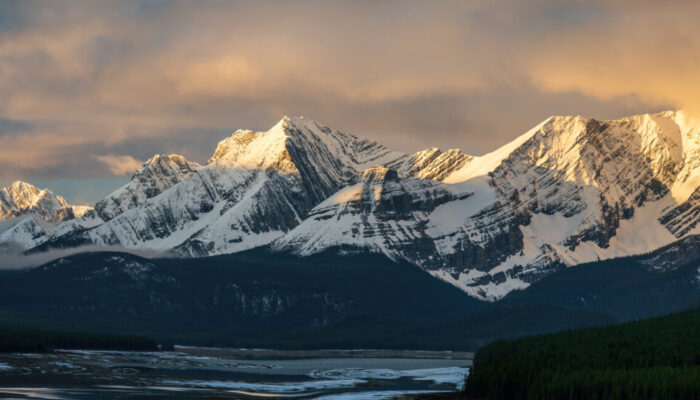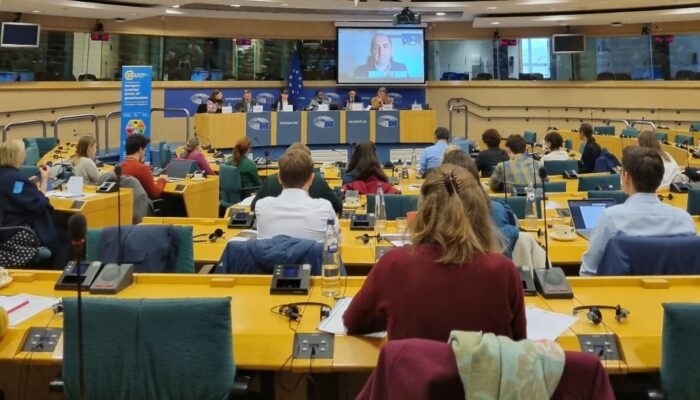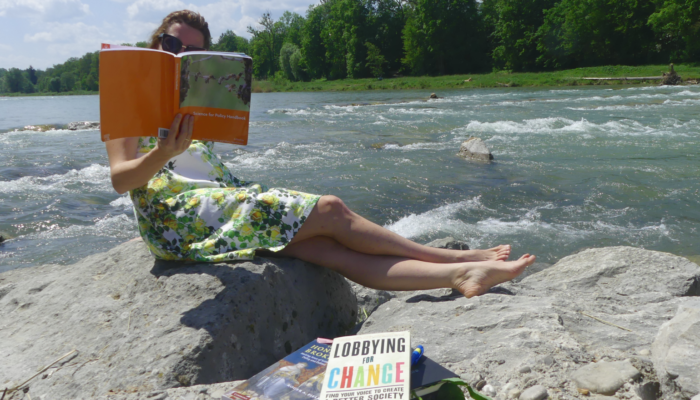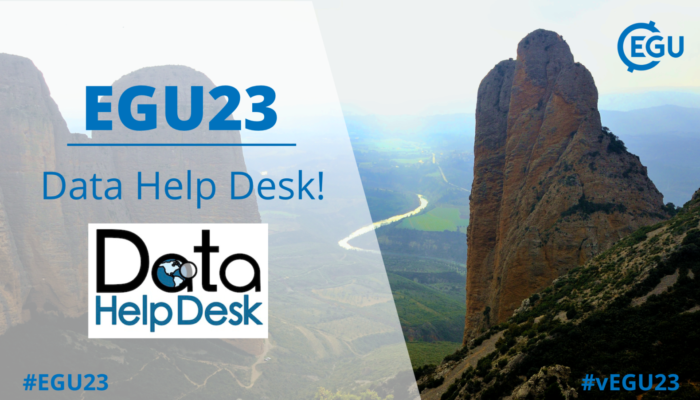For nearly 7 months now, I have held the position of EGU’s editorial manager. However, my interest in and passion for open access and open science in general goes back several years. Here, it is important to make the distinction: open science is a broad concept that encompasses transparency and accessibility in the entire research process, while open access is an important component of open scienc ...[Read More]
GeoPolicy: Science Activism vs. Science Advice – choosing your path to policy impact
Science is a vital part of the policymaking process. It enables decision-makers to better understand the policy options that they have and the potential consequences of any actions or inaction. While it is just one factor that policymakers should consider during their decision-making process, it is an important one! This month’s GeoPolicy blog post will explore two different approaches that scient ...[Read More]
GeoPolicy: Your summer time Science for Policy reading guide
With summer just around the corner, you might be starting to think about some of the ways in which you’d like to relax during upcoming holidays or field work! It’s incredibly important for us all to be able to switch off from our work life. Not only does it allow us to mentally and physically recover, but it can also provide us with new perspectives and inspiration. In this month’ ...[Read More]
How to EGU23: the Data Help Desk!
Do you have data-related questions? Are you looking to make your data and/or software open and FAIR? Are you interested in tools and resources for working with your data or for finding data to reuse? The Open Science and Data Help Desk is here for you! The Open Science and Data Help Desk, which is a program of the Earth Science Information Partners (ESIP), EGU, and American Geophysical Union (AGU) ...[Read More]




